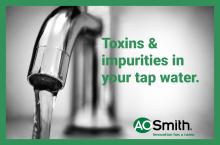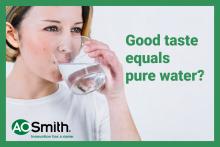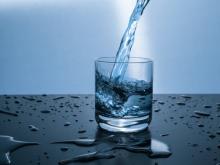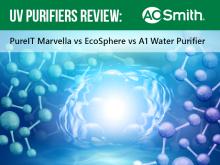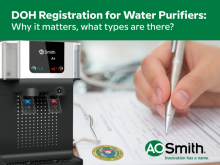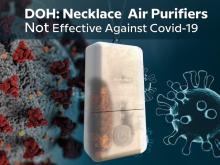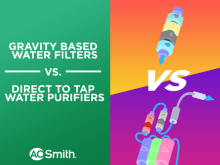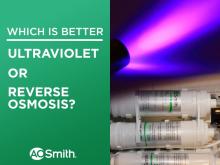Toxins & Impurities In Your Tap Water
Good taste equals pure water?
What you should know about H20
UV PURIFIERS REVIEW: PureIT Marvella vs EcoSphere vs A1 Water Purifier
Among water purification technologies, UV has become a buzzword since the Coronavirus pandemic. While it cannot purify water as much as reverse osmosis, Ultraviolet (UV) is considered one of the most effective methods for disinfecting living organisms, such as bacteria, viruses, or cysts (like Cryptosporidium and Giardia) from the water. The germicidal ultraviolet at the 254-nm wavelength damages the nucleic acids of their DNA so they can no longer reproduce and spread disease through drinking water.
DOH Registration for Water Purifiers: Why it matters, what types are there?
With the proliferation of imported water filters and purifiers, all with different price points and advertised features, it can be hard to determine which have valid claims and are safe to use. That’s why it is recommended for water filters and purifiers to have Department of Health (DOH) certification. Certification allows consumers to know that certified purifiers are independently tested to produce water quality safe and clean enough for drinking, cooking and for hygiene purposes.
Humidifiers: How They Work and How Useful Are They?
Have you ever felt so hot and sticky in your living space even when you're doing nothing? This is usually a sign that humidity is very high. Humidity is the amount of water vapor present in the air. It is affected by the weather and climate in your area.
DOH: Necklace Air Purifiers Not Effective Against Covid-19
When it comes to your family’s health, it is important to choose products that won’t bring unexpected harm. Air purifiers have become products nowadays due to their potential against airborne transmission of COVID-19. Many air purifiers are available in the Philippines but how can you be sure they really work?
Gravity-based water filters vs Direct to Tap water purifiers
Having access to clean and safe water is a necessity to avoid water borne diseases. With the current pandemic, more people use water purifiers to filter their water at home. Life without depending on outsiders for essential drinking water is much more convenient and safer. In this article, we compare Gravity-based and Direct-to-Tap water filters or purifiers.
Which is better, UV or RO?
Every year, millions of children die of water-borne diseases. In fact, diarrhea is the second leading cause of mortality for children below five years old. It is because 780 million people globally still drink contaminated water due to lack access to improved water sources. For this reason, many people prefer to install water purifier at their home nowadays. It is like having your own water refilling station to ensure that you only drink pure and safe water no matter how contaminated your water source is.


